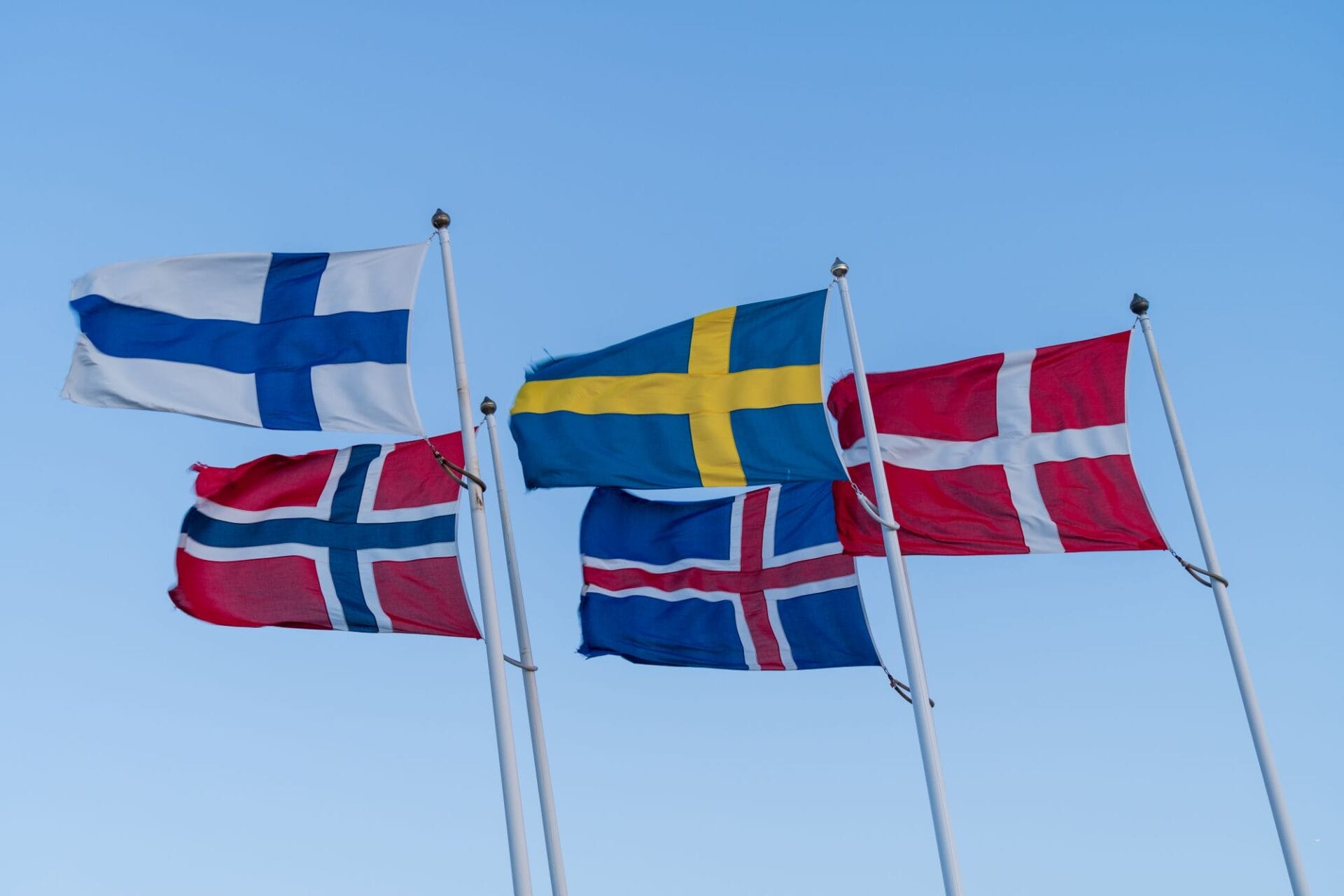
Team-Coaching
Context:
When competition turns into genuine teamwork –
How top executives from four countries bridged their differences
and began working towards a shared goal.
Initial situation:
Following a restructuring in a multinational corporation, four Scandinavian country managers were now expected to work more closely together – together with two German chairmen. The aim was to leverage synergies across national and brand boundaries.
However, instead of cooperation, there was mistrust, power struggles, and cultural misunderstandings.
Meetings were marked by tension, disagreement, and hidden competition.
Each leader focused on their own country rather than the bigger picture.
Particularly challenging: the two chairmen had completely different leadership styles – one conservative, experienced, and tradition-oriented; the other dynamic, modern, and open to change. These differences influenced the entire team dynamic.
My mandate:
To build trust, develop a shared understanding of values, and strengthen collaboration at the top management level.
Approach:
Through individual interviews and regular workshops, personal, cultural, and structural differences were made visible – and open for discussion.
The executives learned to:
✔ Address conflicts early
✔ Recognise common ground
✔ Use different perspectives as a resource
Results after twelve months:
✔ A clear, shared understanding of goals and values
✔ Greater openness and trust in collaboration
✔ Noticeably lighter, more efficient and constructive meetings
✔ Agreement on a joint approach to achieving strategic goals
„Today we work as a real team. We no longer waste time on political games – and even the figures have improved.”
– Feedback from one of the chairmen
When team coaching is valuable:
✔ When tensions or conflicting goals block collaboration
✔ During mergers, restructuring, or when cultural differences are an issue
✔ To strengthen a shared leadership approach
✔ When teams are newly formed or being strategically repositioned
Do you recognize yourself in this?

